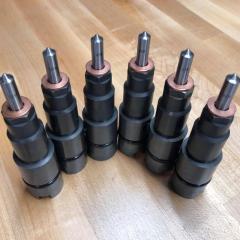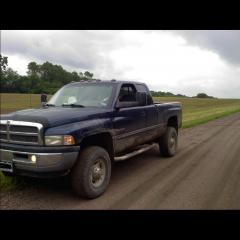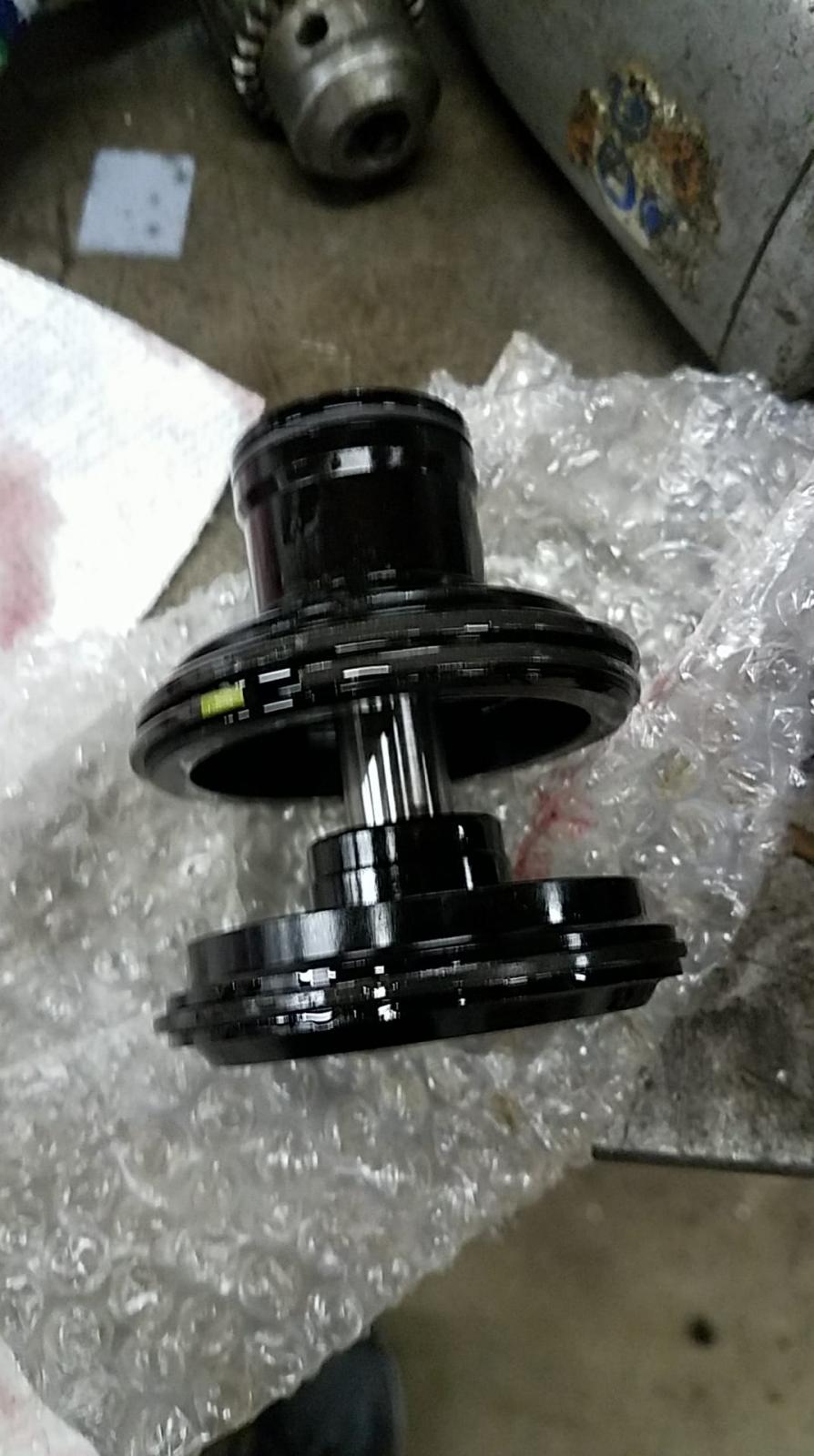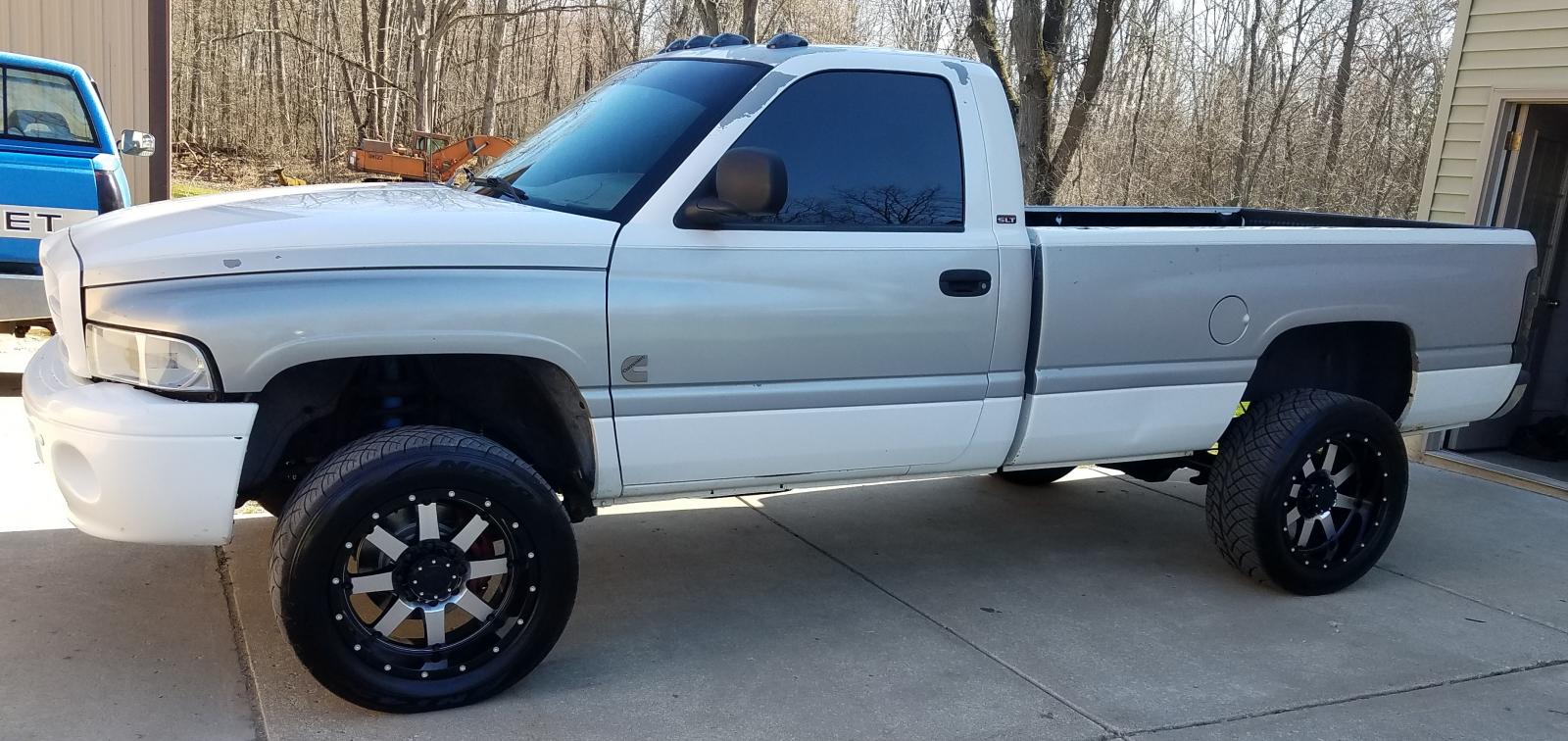- Replies 131
- Views 18.3k
- Created
- Last Reply
Top Posters In This Topic
-
 jlbayes 50 posts
jlbayes 50 posts -
 notlimah 18 posts
notlimah 18 posts -
 Dieselfuture 13 posts
Dieselfuture 13 posts -
 trreed 12 posts
trreed 12 posts
Most Popular Posts
-
Ppump truck moves more fuel than a vp. I am going to use a new Cummins piston pump with a 973-1 valve spring upgrade. Which I actually got last week along with a new filter head.
-
My SIL has a hunting dog just like that. When your back is turned, distracted working on the truck she steals hats (2 or 3 brand new) and now a set of prescription glasses. If you give her an egg she
-
Welp the head is back on. Studs are installed. As well as the new injectors.. Got a couple little quirks to fix but I'll get to it. Cleaning out the oil coolant mix SUCKED. Took me about 6 hours to ge






I've had this truck for about a year now. Ups and downs like every 2nd gen but overall I am very happy with this truck. Prepare for picture overload. Quick run down. A buddy posted this truck for sale on fb the day before the transmission decided to die in my grand prix (shocker). I bought this as to be a dd/tow rig when needed. The truck is originally from Texas and moved around a bit. I did find the owner on fb that brought the truck up to Indiana/Michigan and he provided some history on it. The box was trashed from day one. The owner I bought it from did not own up to rolling the truck onto it's side which cause bed damage and some door push in at the bottom. Nothing too crazy on the cab, door or fend. Box took the most of it. The engine, transmission and tcase are of unknown origin as Kurt (guy who brought it up to the north) sold it as a roller. It is a 180hp engine, 47re and DHD tcase. No clue how they found the correct drivetrain to stick back in it but they did. Lucky me. From day one this truck was weak. Even for a stock 12v. Ended up being the injection pump yayyyyyy. I got lucky and found a 180hp pump that had been gone through. Runs pretty well now. I will be going through the transmission to support my needs and have most of the parts already. Replacement/fixed stuff I have gone through; front brakes, ball joints, axle joints, track back, steering linkage, steering box, transfer case, front main seal, gauge wiring, dtt voltage box removal & wiring repair, thermostat, a/c line, water pump, stainless flex lines, led lights through out, projector retrofits, double din stereo, recovered head liner, 5% tint, two sets of wheels & tires and I think that is it. I am getting ready to do an axle swap to get better brakes as the single piston calipers are a JOKE. Now for the pictures and I'll try to get them in order.